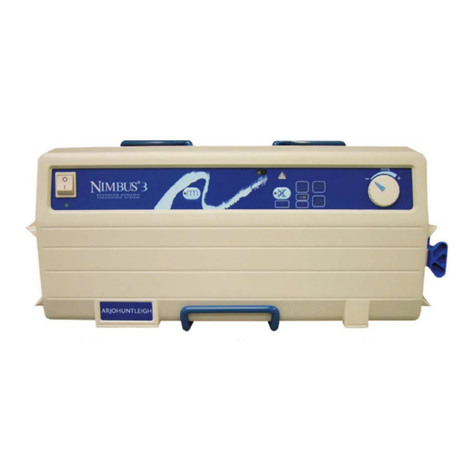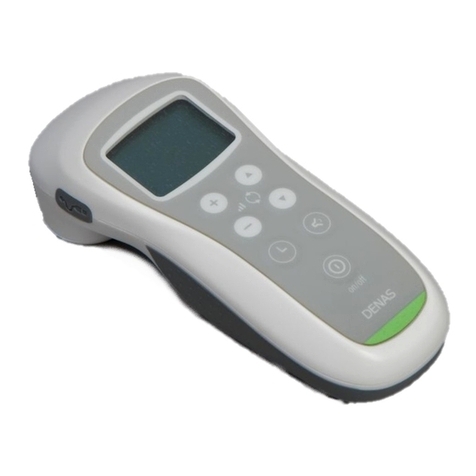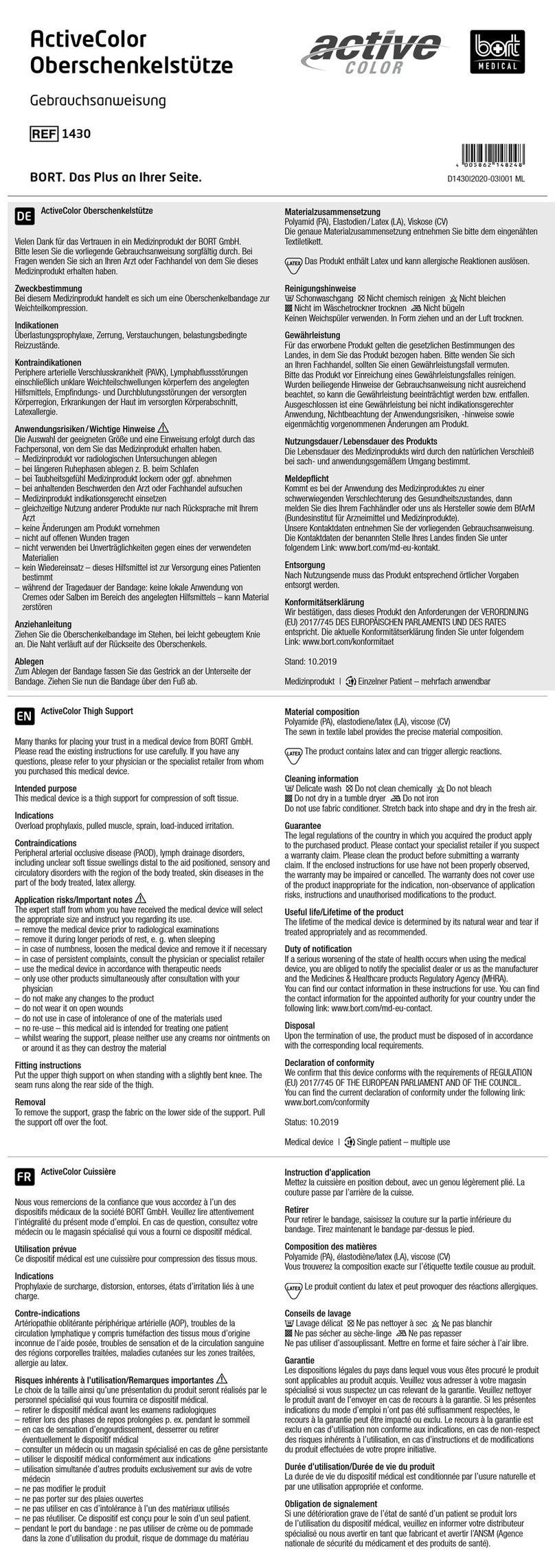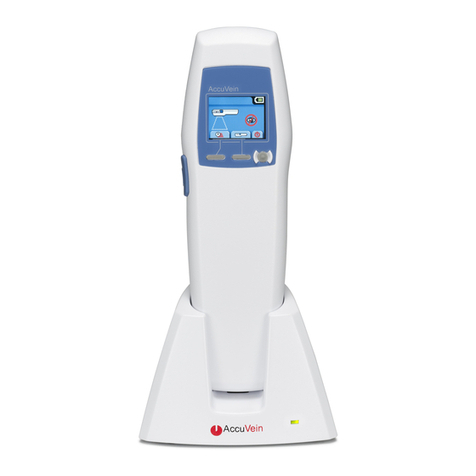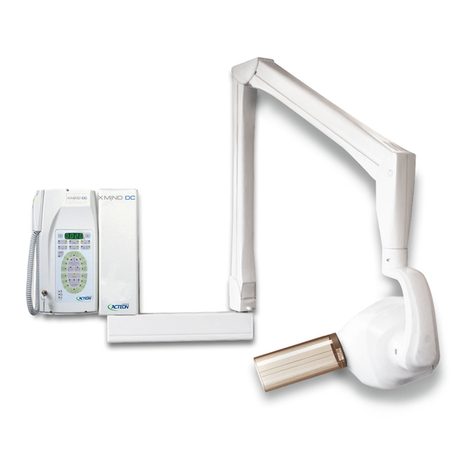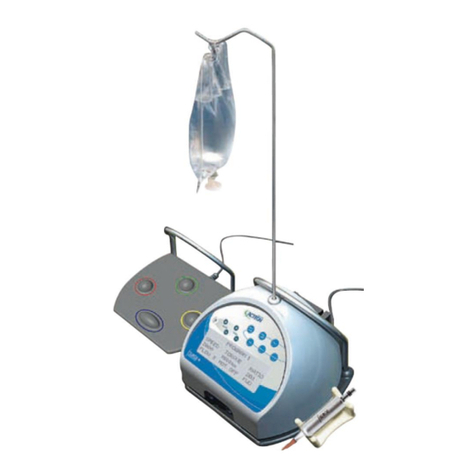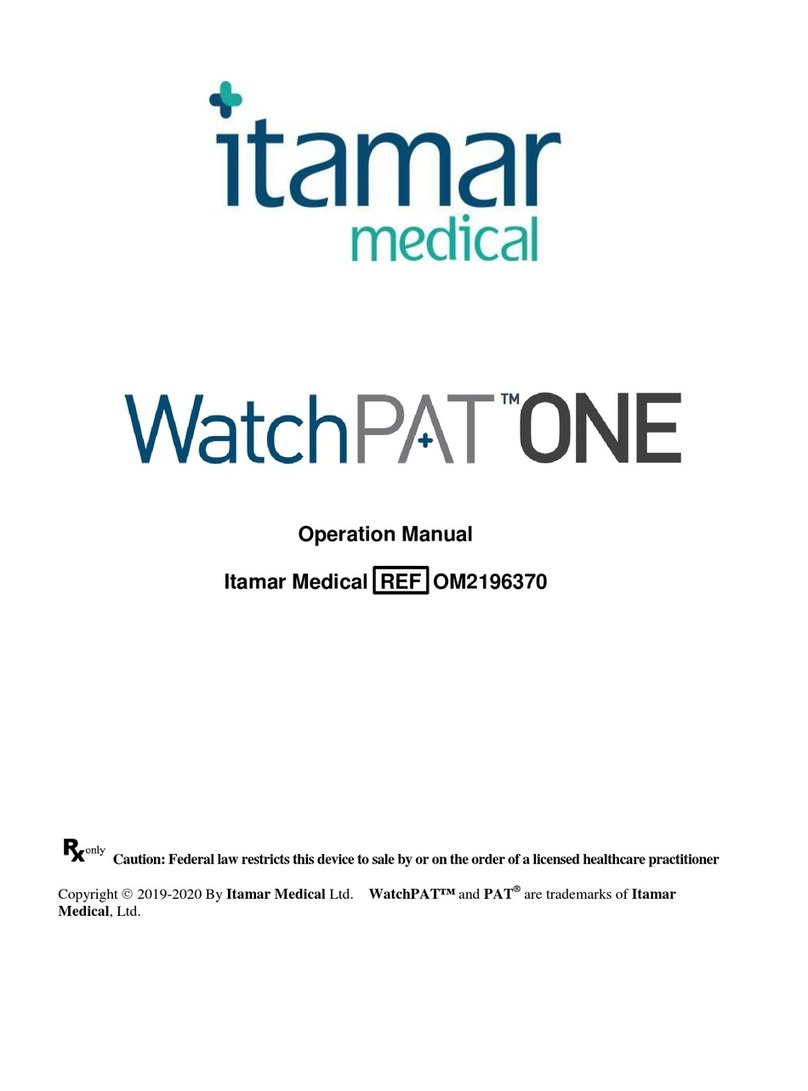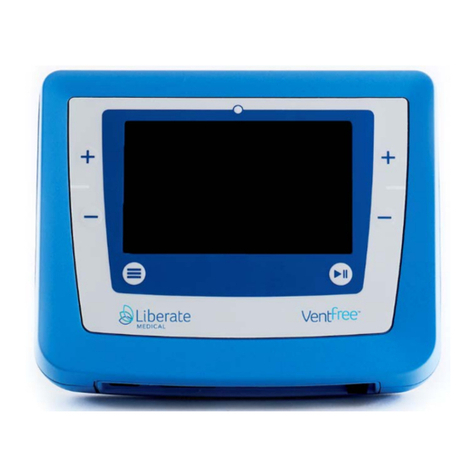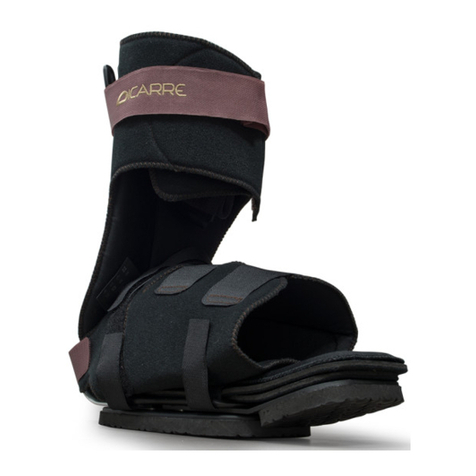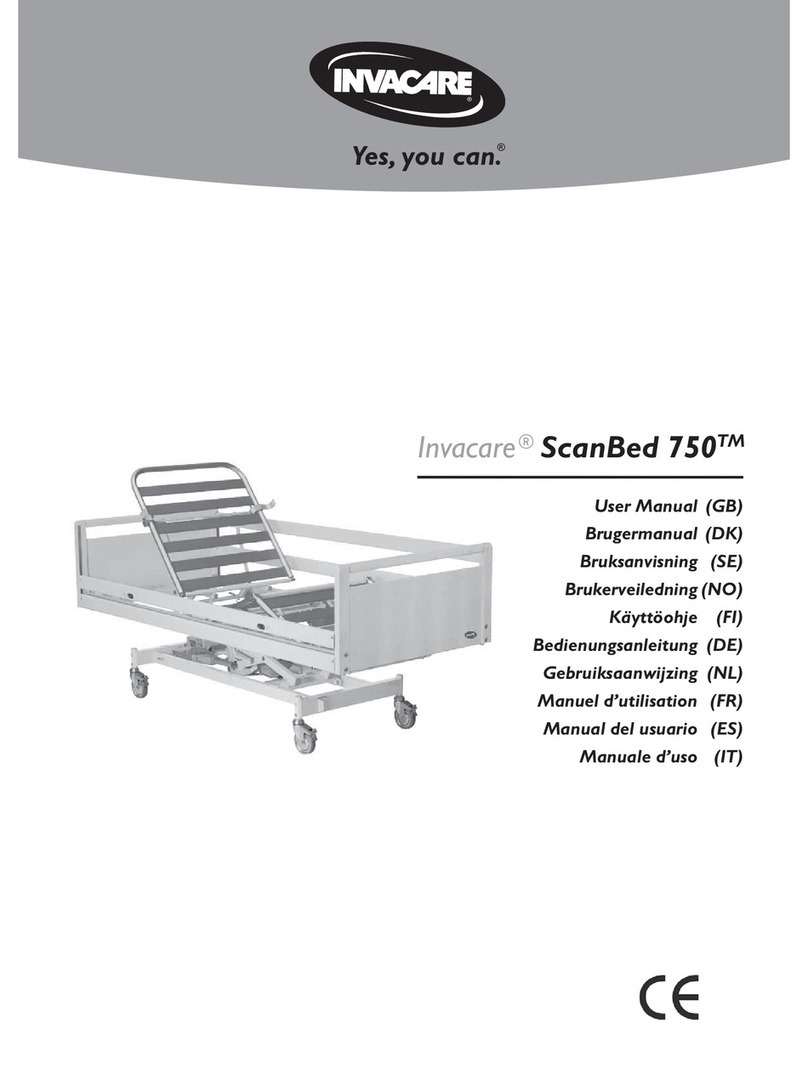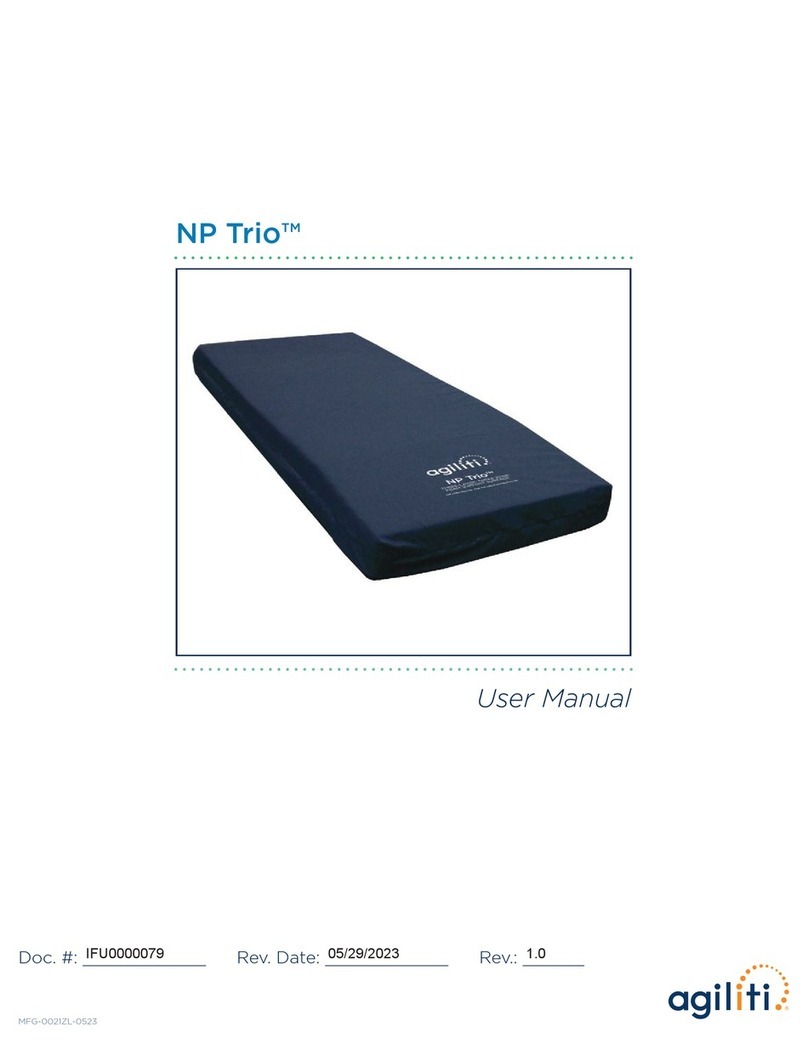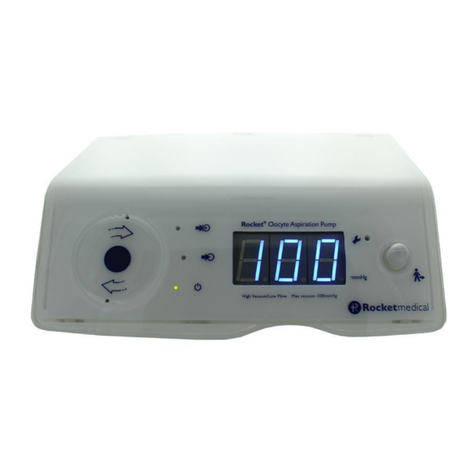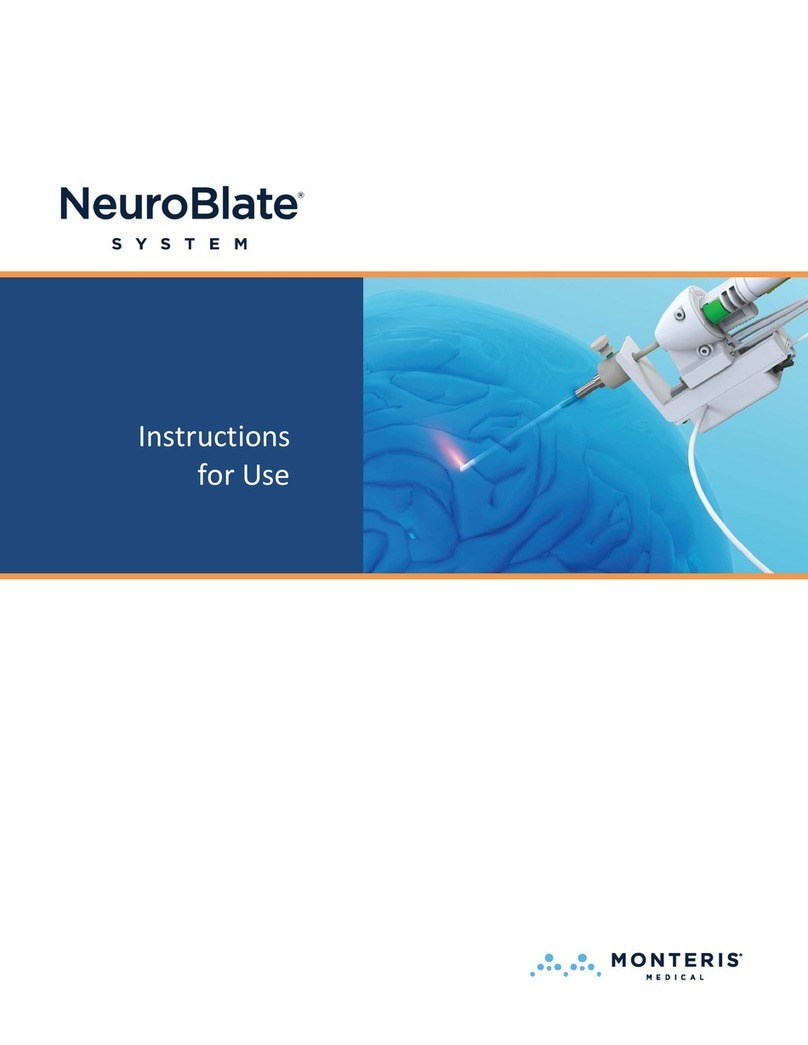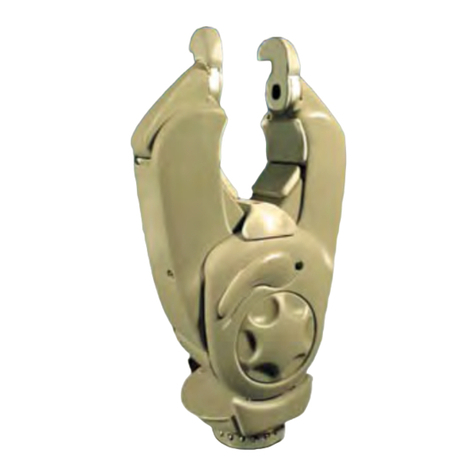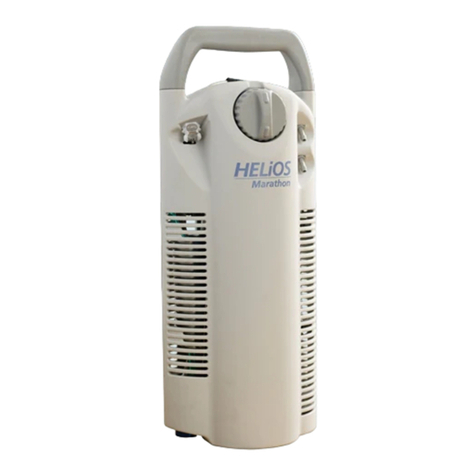
6
1 – SAFETY INSTRUCTIONS
Warning: Before using your Mini L.E.D.
AutoFocus, please read the whole of this
Safety Instructions section carefully. The
manufacturer’s warranty is applicable only
if these instructions concerning the operation and the
safety of the unit have been properly applied. All these
safety measures assume a good level of knowledge of
dental techniques and photo-polymerization, and the
more specific knowledge regarding the use of the Mini
L.E.D. AutoFocus contained in this Operating Manual.
1) This unit must be used in strict accordance with the
instructions contained in this Operating Manual. The
manufacturer declines any liability if these rules are
not followed or if the unit is used for any other
application.
2) Before connecting the unit, make sure that the power
voltage is compatible with the voltage marked on the
power adapter used to charge the curing light. A
different voltage would damage the unit and could
result in injury to the patient and/or the operator.
3) The light radiation produced by this type of unit can
be dangerous and must not be pointed at the eyes,
even if the practitioner or the patient is wearing
suitable protective eyewear (class 2M laser). The
light produced by this equipment must be directed
only at the zone to be treated in the oral cavity.
4) Any condensation inside electrical equipment can be
a hazard. If the curing light has to be moved from a
cool place to a warm place, do not use it
immediately: let it reach the new room temperature
first.
5) Do not replace the battery during use.
6) Comply with all the instructions given in this Manual.
Do not insert or attempt to insert metal objects into
the unit or its base station, as this could cause an
electrical discharge.
7) The manufacturer declines all liability if damaged
parts or accessories are not replaced exclusively by
the manufacturer’s products. In particular, the use of
other light guides, power adapters or batteries could
be dangerous for the patient and the operator.
8) In the case of a fault, unplug the base station
immediately and make sure that no one can use the
curing light before it is checked by the manufacturer
or dealer. The fault may be the result of non-
compliance with the safety rules or of a technical
problem in the unit.
9) Do not use the unit near a heat source. Do not use
solvents, detergents or flammable products, which
may damage the unit or cause short-circuits.
10) Only the unit manufacturer or dealer is qualified to
carry out repairs.
11) All lights used for photo-polymerization, including
the Mini L.E.D. AutoFocus, must not be used on
persons who are suffering or have suffered from
photo-biological reactions (including urticaria
solaris or erythropoeitic protoporphyria) or who are
receiving treatment including photosensitizing
medications (including methoxsalens or
chlorotetracycline).
12) Persons (practitioners or patients) who have
previously suffered from a retina or crystalline lens
condition or who have undergone eye surgery, in
particular for cataracts, must see their
ophthalmologist before using the Mini L.E.D.
AutoFocus. Even if the eye specialist agrees,
prudence is strongly recommended, because the
intensity of the light could cause accidents. Class 2M
protective eyewear, suitable for use with units
emitting radiation at wavelengths between 420 and
480 nm, should be worn at all times.
13) Mini L.E.D. AutoFocus must not be used if the
patient and/or the operator has a cardiac stimulator
or any other active implant (e.g. a cochlear
implant).
14) The device is not designed to withstand shocks
delivered by an electric defibrillator.
15) Any variation of the power supply voltage or the
magnetic field outside the limits in force could
switch the curing light to automatic operation or
interfere with its operation.
16) Electromagnetic interference: the unit complies
with the applicable standards (IEC 60 601-1-2) for
emission (radiated electrical field and interference
with the supply voltage) and for immunity
(protection against electrical fields, fast supply
transients in bursts, electrostatic discharge and
supply surges).
17) Your dealer carries stocks of all spare parts that you
might need. Used batteries must be returned to the
dealer.
18) For use only by dental professionals.
19) When you need to transport the unit, unscrew the
battery and protect the light guide against impacts.
20) For long-term storage we recommend that you
remove the battery from the unit body so that it
does not discharge slowly and risk damage.
H02926.S3.V4.qxp 13/03/2008 11:07 Page 6
